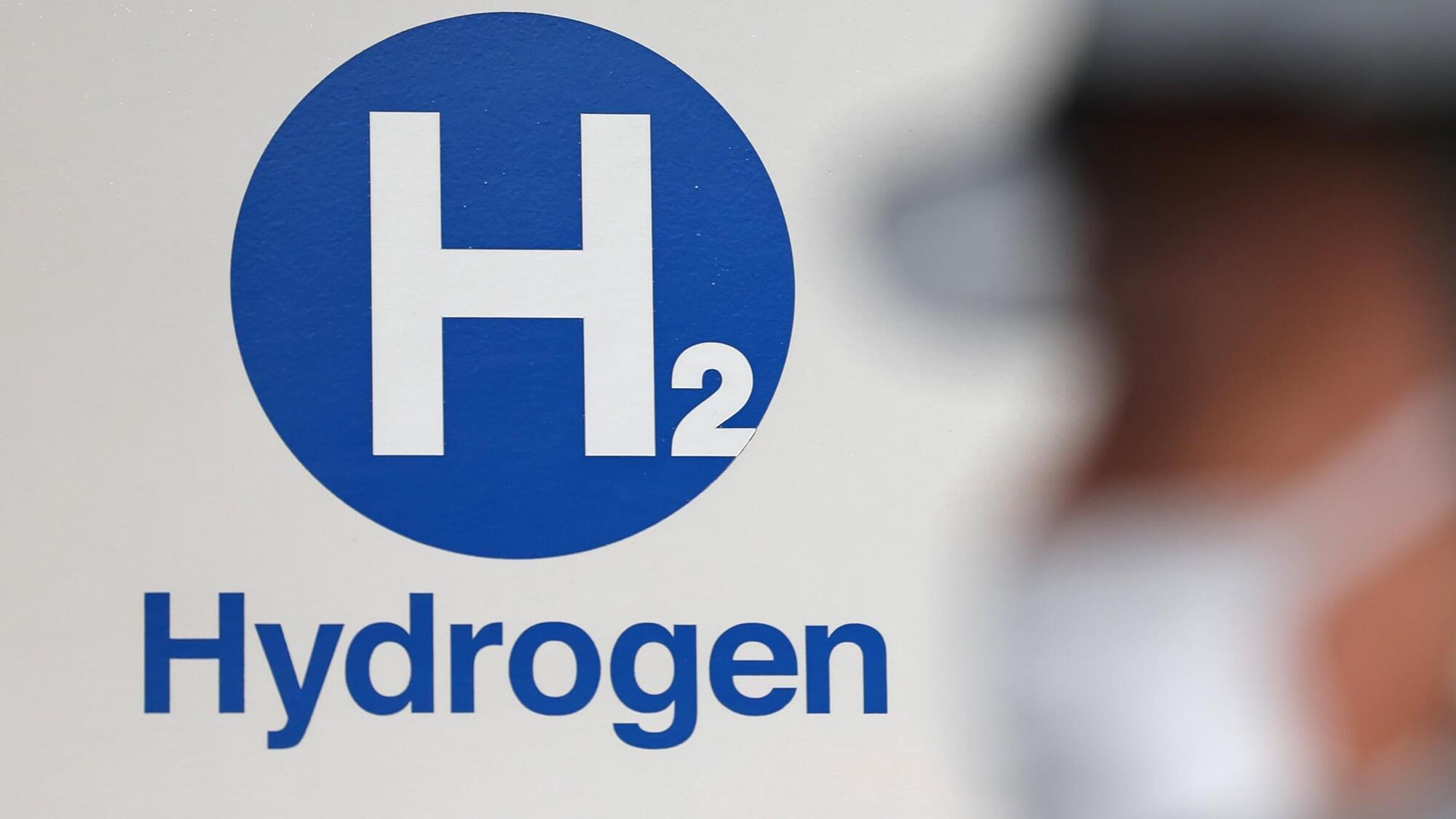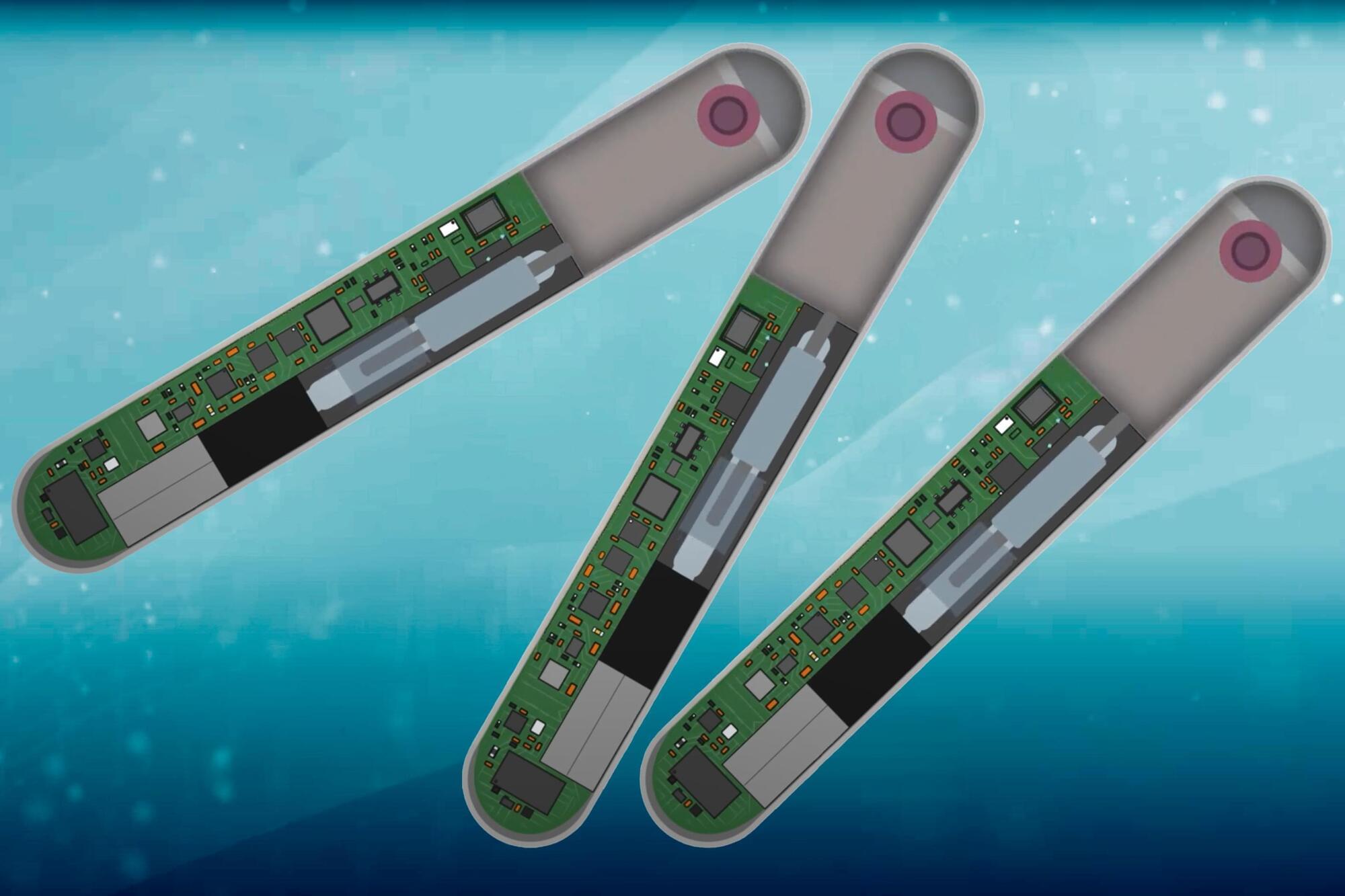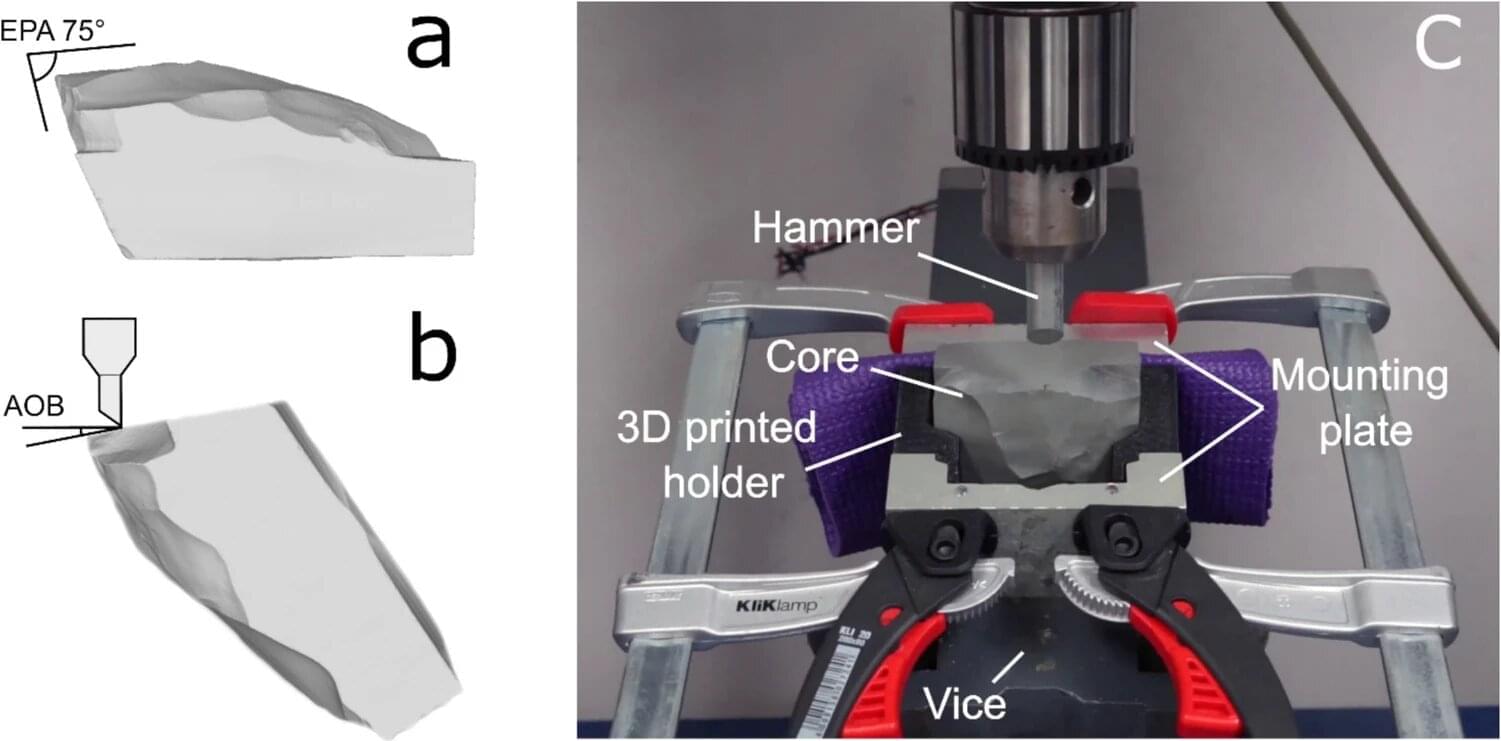As the search for geologic hydrogen — a potential clean source of energy beneath the ground — continues, some researchers are turning to mountains






A pioneering clinical study found that pairing vagus nerve stimulation (VNS) with traditional therapy eliminated PTSD diagnoses in all participants up to six months post-treatment.

Quantum technologies, which leverage quantum mechanical effects to process information, could outperform their classical counterparts in some complex and advanced tasks. The development and real-world deployment of these technologies partly relies on the ability to transfer information between different types of quantum systems effectively.
A long-standing challenge in the field of quantum technology is converting quantum signals carried by microwave photons (i.e., particles of electromagnetic radiation in the microwave frequency range) into optical photons (i.e., visible or near visible light particles). Devices designed to perform this conversion are known as microwave-to-optical transducers.
Researchers at the California Institute of Technology recently developed a new microwave-to-optical transducer based on rare-earth ion-doped crystals. Their on-chip transducer, outlined in a paper published in Nature Physics, was implemented using ytterbium-171 ions doped in a YVO4 crystal.

What makes us care about others? Scientists studying empathy have found that people are more likely to choose to empathize with groups rather than individuals, even though they find empathizing equally difficult and uncomfortable in both cases.
The scientists suggest that the sight of groups of people could offer more contextual information which helps people decide whether to empathize, and therefore increases the chances that they choose to do so.
“People’s willingness to empathize is different depending on who the target is: a single individual or a group of people,” said Dr. Hajdi Moche of Linköping University, Sweden, lead author of an article in Frontiers in Psychology.

University of Wollongong researchers have experimentally confirmed that changes in hammer strike angle significantly affect the fracture path and form of stone flakes produced by Neanderthals during the Middle Paleolithic.
Published in Archaeological and Anthropological Sciences, the findings contradict a widely cited fracture model that credited rock core geometry and stiffness with flaking patterns and predicted that hammer strike angle would have minimal effect on flake formation. Results suggest a greater degree of cognitive control by early human tool makers than previously recognized.
Middle Paleolithic stone tool technology is defined by deliberate core preparation to produce flakes of predetermined size and shape. First appearing in the archaeological record between 200,000 and 400,000 years ago, the Levallois method is a hallmark of Neanderthal tool making in this period.

In the urban parks of Barcelona, Spain, the calls of a tropical parrot fill the air. The bright green monk parakeet, native to South America, has found a new home in European cities. Monk parakeets thrive in huge colonies where they communicate with each other using many distinct sounds—offering scientists a unique window into understanding the interplay of individual social relationships with vocal variety.
For social animals, communication is a key that unlocks the benefits of group living. It’s well known that animals with more complex social lives tend to have more intricate ways of communicating, from the clicks and whistles of dolphins to the calls of primates. While this pattern is found broadly in many species, a new study on wild parrots drills deep into the social and vocal lives of individual birds.
Researchers at the Max Planck Institute of Animal Behavior (MPI-AB) analyzing the social networks of monk parakeets in Spain have uncovered how an individual’s social ties shape the calls these birds make.